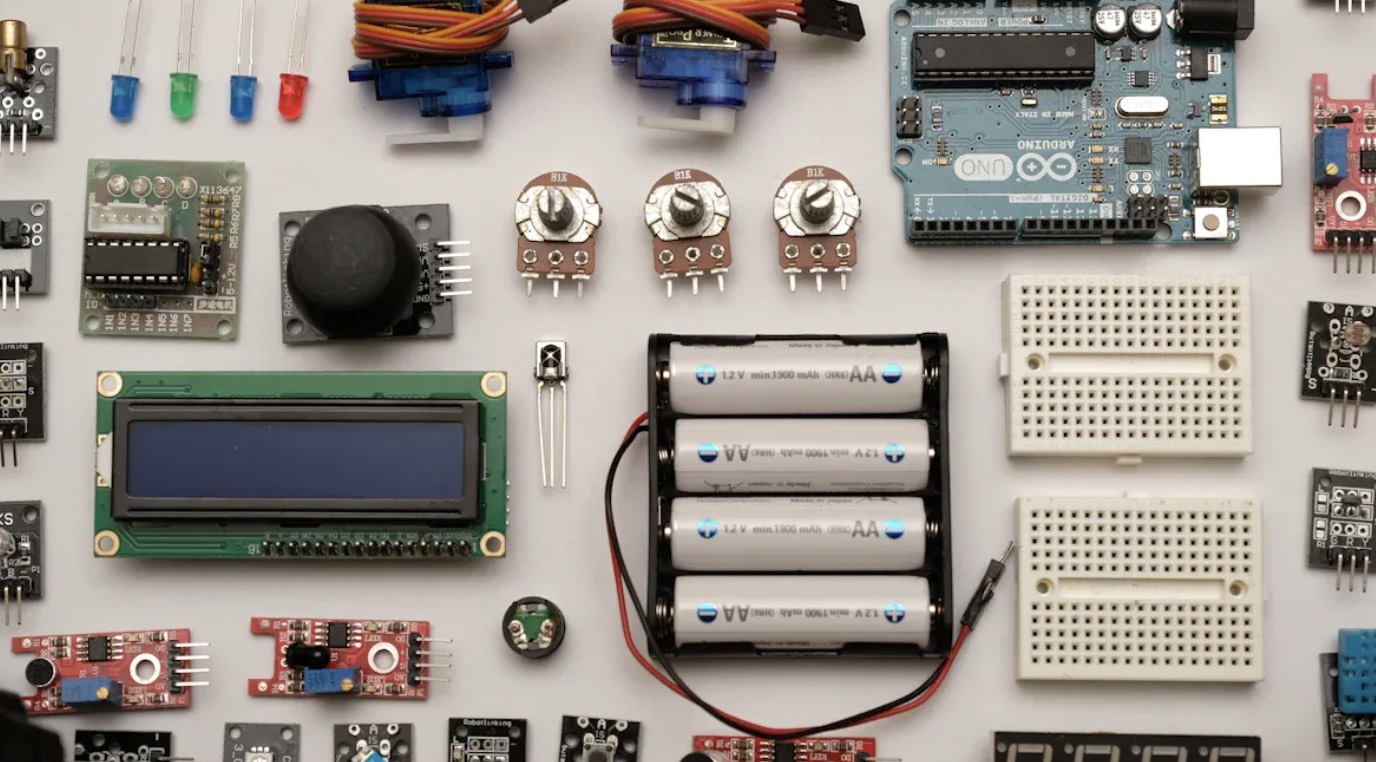Welcome:Pourleroi

| Alloy | Maximum DC Permeability (µ) | Notes |
| METGLAS® 2605SA1 | 600,000 (Annealed), 45,000 (As Cast) | Very low energy loss, high permeability |
| METGLAS® 2826MB | 800,000 (Annealed), >50,000 (As Cast) | Medium saturation induction, can be treated for better permeability |
| METGLAS® 2605S3A | 35,000 (Annealed), >20,000 (As Cast) | Works well in both low and high frequencies |
| METGLAS® 2705M | 290,000 (As Cast) | High permeability without needing annealing |
| Material Type | Density (g/cm³) | Weight Reduction Potential |
| Silicon Steel | ~7.65 | Moderate |
| Amorphous Metal | ~7.18 | Significant |
| Feature | Traditional Core | Amorphous Core |
| Core Loss Reduction | Baseline | Up to 70% |
| Efficiency at 30% Load | ~97% | ~99% |
| Annual Energy Savings | Baseline | 15,000–30,000 kWh per MVA |
| CO2 Reduction | Baseline | ~10–20 tons per MVA annually |
| Metric | Conventional Cores | Ultrasonic Rheomolded Cores |
| Permeability | 31.3–32.4 | 41.8–43.3 |
| DC Bias Performance | 69.4–69.7% | 87.4–87.8% (7960 A/m) |
| Core Loss (kW/m³) | 282.84–304.03 | 13.73–15.45 |
| Metric | Description |
| Energy Loss | Amorphous cores lose up to 70% less energy than regular ferrites at high frequencies (20-100 kHz). |
| Magnetizing Ability Retention | Hitachi Metals’ HB1M alloy keeps 85% magnetizing ability at 10 Oe , helping smaller EV chargers. |
| Energy Rules Compliance | EU and U.S. energy rules push industries to use efficient materials like amorphous cores. |
| Challenge | Impact |
| Energy-intensive processes | Rapid cooling raises electricity costs. |
| Logistical bottlenecks | Higher shipping costs and longer delivery times. |
| Geopolitical tensions | Tariffs increase production costs for buyers. |
| Environmental compliance costs | Small producers struggle with retrofitting expenses. |
By continuing to use the site you agree to our privacy policy Terms and Conditions.